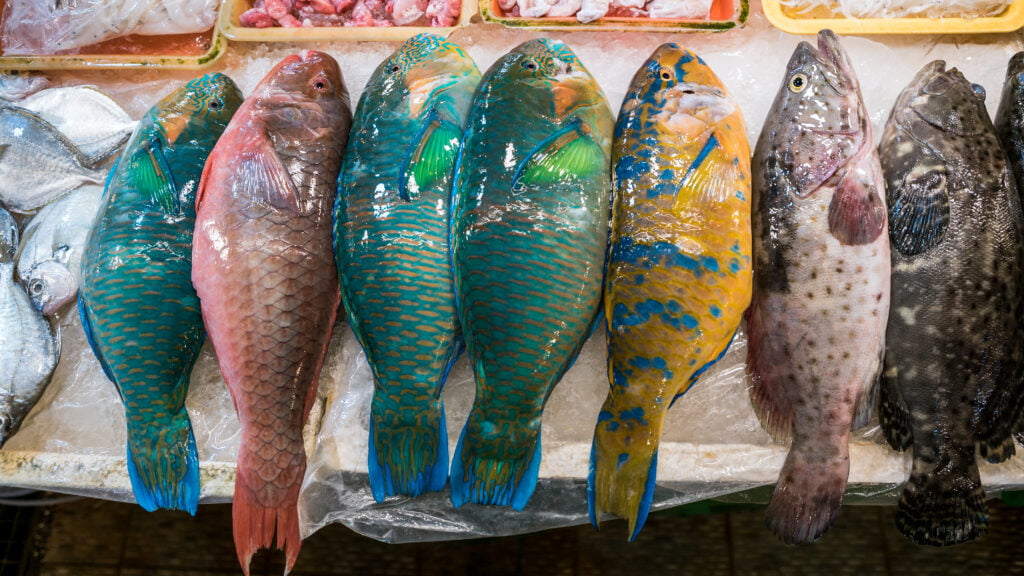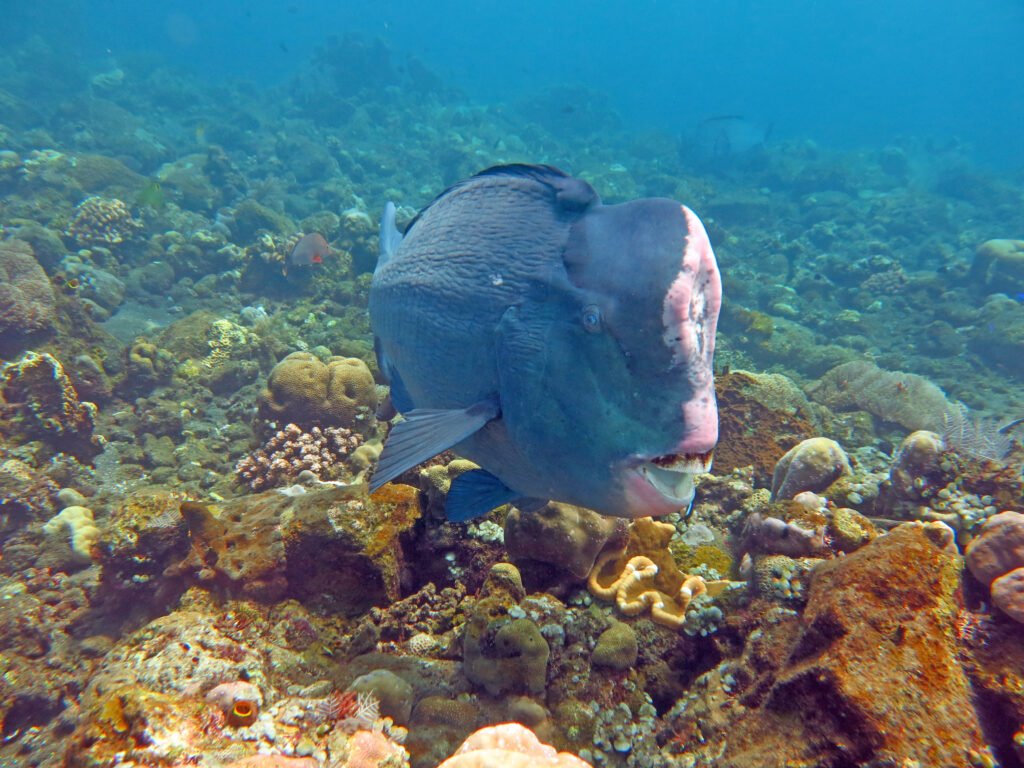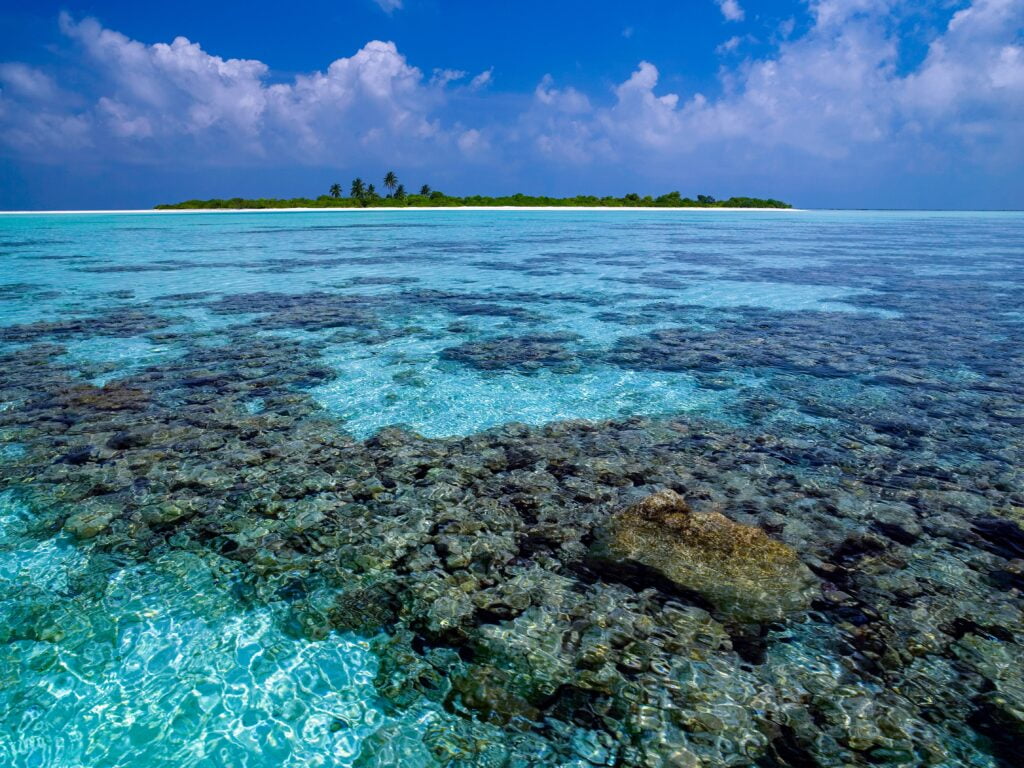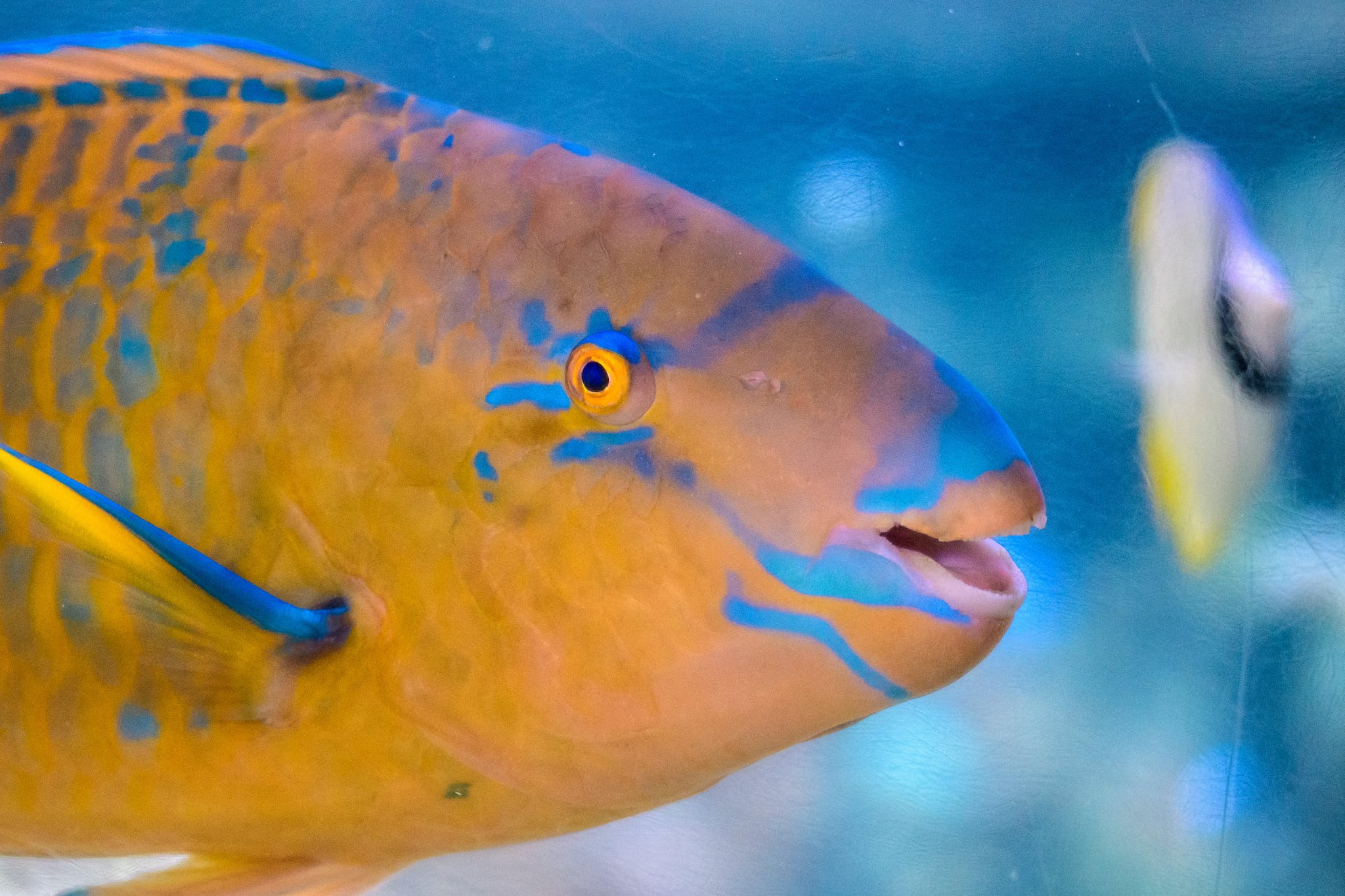The Ecological Importance of Parrotfish: 14 Key Facts

Parrotfish are some of the most colorful and intriguing fish found on coral reefs around the world. With their bright colors, specialized teeth, and unique behaviors, they stand out as one of the reef’s most fascinating residents.
In this article, we’ll highlight 14 fascinating facts you may not know about these rainbow-hued reef fish:
1. Their name comes from their parrot-like beak

The name “parrotfish” refers to their distinctive beak-like mouth that resembles a parrot’s beak. Their teeth are fused together to form a solid biting plate that allows them to rasp off pieces of coral and scrape algae. When swimming with their mouths closed, their parrot-like profile is easy to see.
2. They are critical to coral reef health
Parrotfish play a vital role in coral reef ecosystems. As they feed on algae, they help prevent algal overgrowth that can smother corals. Their grazing clears space for new coral growth. Recent studies also show they may help damaged coral reefs recover by eating algae off dead coral skeletons.
3. Their poop makes tropical beach sand

As parrotfish feed on coral, they digest the soft tissue but excrete the indigestible calcium carbonate skeleton as sand. Each parrotfish can produce 90 kilograms (200 pounds) of sand every year! Over time, parrotfish sand builds up to form idyllic tropical beaches.
4. They secrete mucus from sleeping bags
Some parrotfish species secrete a mucus cocoon at night before they sleep. This transparent, jelly-like sleeping bag may protect them from parasites and disguise their scent from predators like moray eels.
5. They can change sex
Parrotfish are sequential hermaphrodites, meaning they can change sex during their lifetimes. Many species start as females and later change to males as they mature. The largest male often dominates an area containing a harem of females.
6. Their pharyngeal teeth can crush coral
In addition to their powerful beak up front, parrotfish have a second set of teeth in their throat called pharyngeal teeth. These back teeth grind up the coral fragments into sand. Parrotfish throats can withstand over 500 kilograms of pressure!
7. Some species live in large schools

While some parrotfish are solitary, others form large schools containing up to 50-100 individuals. These schools may consist of a dominant male with a harem of females, juveniles, and subordinate males. They coordinate their grazing and spawning in these groups.
8. They come in a rainbow of colors
Parrotfish exhibit a stunning range of colors including brilliant blues, greens, oranges, reds, and yellows. Their coloration and patterns change as they mature. Males tend to be more vibrantly colored than females. The rainbow parrotfish is particularly famous for its electric colors.
9. The humphead parrotfish is the largest

The largest species is the humphead or bumphead parrotfish, which can grow over 1 meter long and weigh up to 46 kg. The huge green humphead parrotfish is found on coral reefs in the Indian and Pacific oceans. It plays a major role in reef erosion processes.
10. Their teeth are stronger than metal
Parrotfish teeth contain fluorapatite, one of the most robust minerals in the world. Their jaws can withstand over 1,000 pounds of force. In tests, parrotfish teeth proved stronger than metals like copper, silver and gold!
11. They create a distinct crunching sound
Listen closely on the reef, and you may hear a distinctive crunching or scraping sound. This is the sound of parrotfish nibbling on coral. The structure of their jaws combined with their rock-hard teeth produces this rasping sound effect.
12. They are critically important to coral reefs

As prolific coral eaters, bioeroders, and coral cleaners, parrotfish are essential to coral reef health. Their grazing keeps algae in check while their pooping provides reef sands. Studies show that protecting parrotfish populations leads to healthier, faster-growing coral reefs.
13. Some species form lifelong pair bonds
While many parrotfish form large mixed schools, the queen parrotfish lives in monogamous pairs. Scientists believe these pairs may remain lifelong partners, staying close together as they feed and resting together at night.
14. Overfishing threatens some populations
Due to their important ecological role, several parrotfish species now face overfishing threats in parts of their range. In particular, bumphead parrotfish are endangered in Southeast Asia. Protecting parrotfish is key to preserving coral reef resilience.
Key Takeaways
Parrotfish truly are some of the most amazing animals on coral reefs. Their bright colors and unusual habits make them endlessly fascinating to observe underwater. Hopefully, these fun facts shed new light on the critical ecological role parrotfish play in maintaining thriving coral reef ecosystems.






